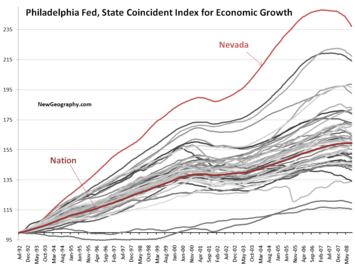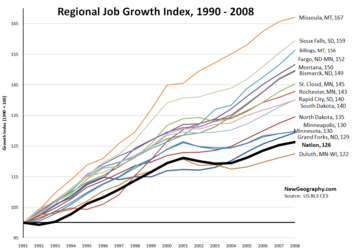Recent soundings from Washington suggest that neither party has a solid idea of what to do about the deepening economic crisis. It makes me cringe to hear Barney Frank, Chairman of House Financial Services Committee, talking about a big stimulus to “prop up consumption”.
Under the Democratic-controlled Congress, this would likely include the usual tax relief to middle and working class Americans, as well as big new payments to hard-pressed cities and states. To be sure, the interests of wage-earning Americans should be paramount, but this is reminiscent of the “stimulus” plan earlier this year that did little more than “prop up” spending on consumer goods for a couple months.
Since many of these products are made in China or somewhere overseas, who are we helping most here? In addition, of course, the bail out of local governments benefits a prime Democratic constituency --- public employee union. If we are going to cough up more to pay their salaries, why not ask them first to accept less largesse? Maybe they can agree not to retire until they are in their sixties, like the rest of us chumps, I mean, taxpayers. Then we can talk bailout.
However, let’s not pick on Democrats alone. The Republicans seem to like consumer “stimulus” but only when spiked with more tax cuts for their dwindling, but still significant cadre of wealthy Americans. Maybe this will help consumption a bit more at Bloomingdales than Wal-mart, but in the end, who cares?
My thought is that we should focus instead on the core issues of stimulating the “real economy” through incentives for high value manufacturing, domestic energy producers of all kinds (including nuclear power) and investment in basic infrastructure, including new transmission lines, research in clean and alternative fuels. All of these things would reduce our increasingly debilitating dependence on other countries to fund our deficits and consumption habits.
To lift spirits of Americans the most we need a program that aims to make the country less dependent on both Middle East energy producers and Chinese manufacturers. As we did starting in the 1930s, let us create a climate for real upward mobility based on expanding the productive economy. It’s time to stop relying on quick sugar highs to spur more consumption of items we do not produce or can’t afford and time to start getting back to basics.














